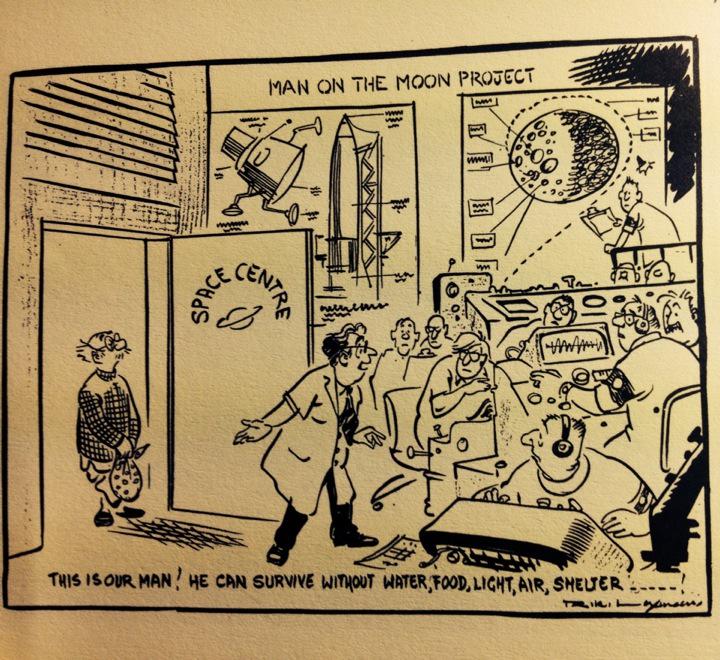मेरे दीपक
मधुर मधुर मेरे दीपक जल!
युग युग प्रतिदन प्रतिक्षण प्रतिपल;
प्रियतम का पथ आलोिकत कर!
सौरभ फैला प्रतिपल धूप बन;
मृदल मोमु-सा घुल रे मृद तनु;
दे प्रकाश का सिन्धु अपरिमित,
तेरे जीवन का अणु गल-गल!
पुलक-पुलक मेरे दीपक जल!
सारे शीतल कोमल नूतन,
माँग रहे तुझको ज्वाला-कण;
विश्वशलभ सिर धुन कहता
"मैं हाय न जल पाया तुझमें मिल"!
सिहर-सिहर मेरे दीपक जल!
जलते नभ में देख असंख्यक;
स्नेहहीन नित कितने दीपक;
जलमय सागर का उर जलता;
विद्युत ले घिरता है बादल!
विहन्स-विहन्स मेरे दीपक जल!
द्रुम के अंग हरित कोमलतम,
ज्वाला को करते हृदयंगम;
वसुधा के जड़ अंतर में भी,
बन्दी नहीं है तापों की हलचल!
बिखर-बिखर मेरे दीपक जल!
मेरे निश्वासों से द्रुततर,
सुभग न तू बुझने का भय कर;
मैं अंचल की ओट किये हूँ,
अपनी मृद पलकों से चंचल!
सहज-सहज मेरे दीपक जल!
सीमा ही लघुता का बन्धन है,
अनािद तू मत घड़िय़ाँ गिन;
मैं दृग के अक्षय कोशों से -
तुझमें भरती हूँ आँसूू-जल!
सजल-सजल मेरे दीपक जल!
तम असीम तेरा प्रकाश चिर;
खेलेंगे नव खेल निरन्तर;
तम के अणु-अणु में विद्युत सा -
अमिट चित्र अंकित करता चल!
सरल-सरल मेरे दीपक जल!
तू जल जल होता जितना क्षय;
वह समीप आता छलनामय;
मधुर मिलन में मिट जाना तू -
उसकी उज्जवल स्मित में घुल-मिल!
मदिर-मदिर मेरे दीपक जल!
प्रियतम का पथ आलोिकत कर!
मधुर मधुर मेरे दीपक जल!
युग युग प्रतिदन प्रतिक्षण प्रतिपल;
प्रियतम का पथ आलोिकत कर!
सौरभ फैला प्रतिपल धूप बन;
मृदल मोमु-सा घुल रे मृद तनु;
दे प्रकाश का सिन्धु अपरिमित,
तेरे जीवन का अणु गल-गल!
पुलक-पुलक मेरे दीपक जल!
सारे शीतल कोमल नूतन,
माँग रहे तुझको ज्वाला-कण;
विश्वशलभ सिर धुन कहता
"मैं हाय न जल पाया तुझमें मिल"!
सिहर-सिहर मेरे दीपक जल!
जलते नभ में देख असंख्यक;
स्नेहहीन नित कितने दीपक;
जलमय सागर का उर जलता;
विद्युत ले घिरता है बादल!
विहन्स-विहन्स मेरे दीपक जल!
द्रुम के अंग हरित कोमलतम,
ज्वाला को करते हृदयंगम;
वसुधा के जड़ अंतर में भी,
बन्दी नहीं है तापों की हलचल!
बिखर-बिखर मेरे दीपक जल!
मेरे निश्वासों से द्रुततर,
सुभग न तू बुझने का भय कर;
मैं अंचल की ओट किये हूँ,
अपनी मृद पलकों से चंचल!
सहज-सहज मेरे दीपक जल!
सीमा ही लघुता का बन्धन है,
अनािद तू मत घड़िय़ाँ गिन;
मैं दृग के अक्षय कोशों से -
तुझमें भरती हूँ आँसूू-जल!
सजल-सजल मेरे दीपक जल!
तम असीम तेरा प्रकाश चिर;
खेलेंगे नव खेल निरन्तर;
तम के अणु-अणु में विद्युत सा -
अमिट चित्र अंकित करता चल!
सरल-सरल मेरे दीपक जल!
तू जल जल होता जितना क्षय;
वह समीप आता छलनामय;
मधुर मिलन में मिट जाना तू -
उसकी उज्जवल स्मित में घुल-मिल!
मदिर-मदिर मेरे दीपक जल!
प्रियतम का पथ आलोिकत कर!


